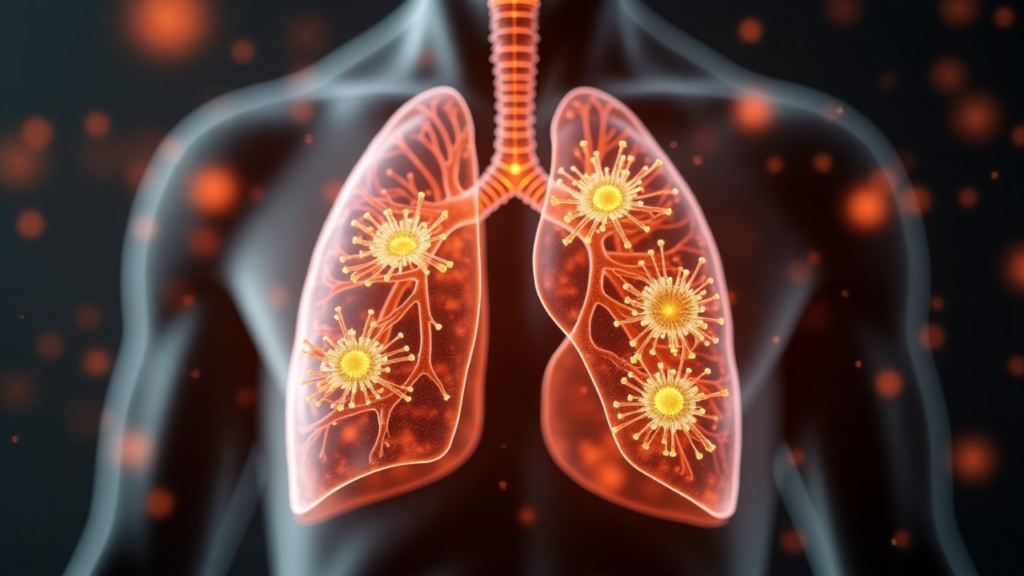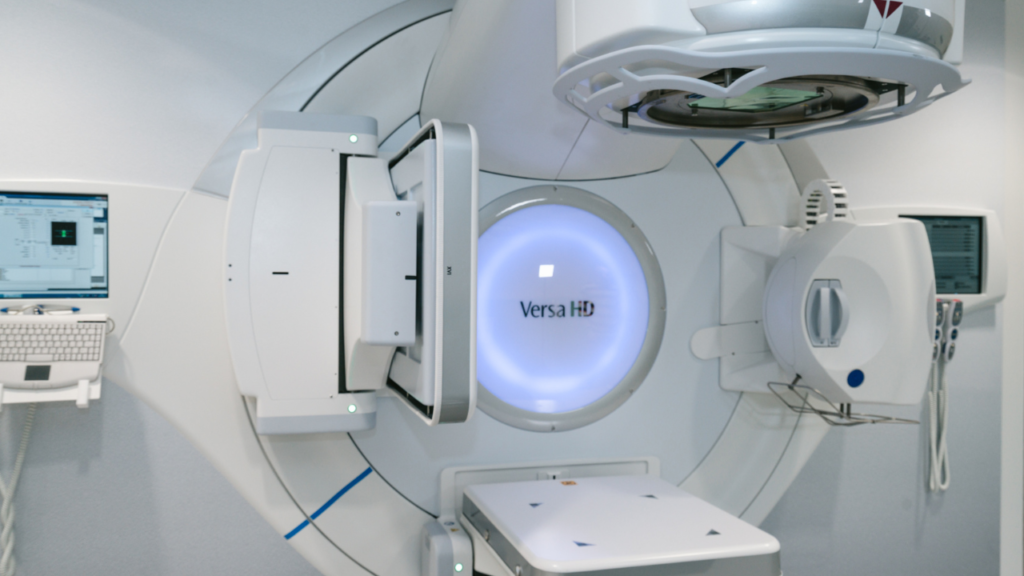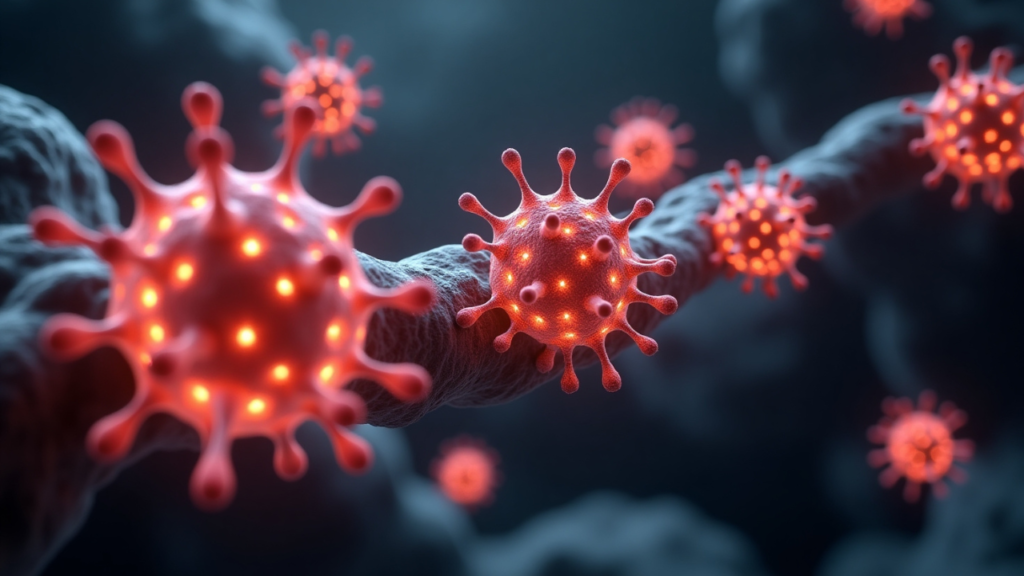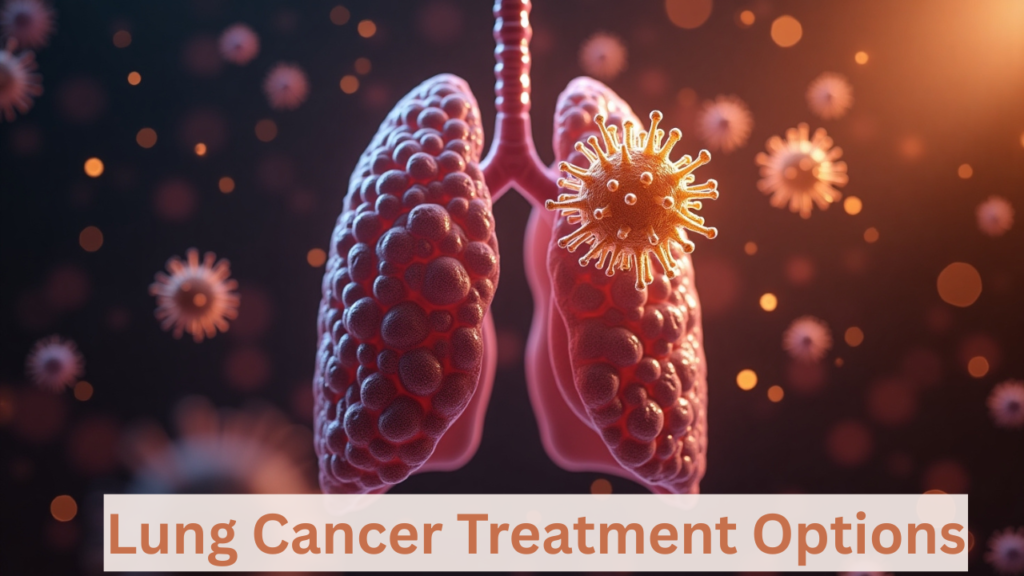Lung cancer treatment options have evolved significantly over the years, offering patients better survival rates and improved quality of life. Whether diagnosed at an early or advanced stage, understanding the available treatments can help patients and their families make informed decisions. This guide explores the most effective lung cancer treatment options, including surgery, radiation therapy, chemotherapy, targeted therapy, immunotherapy, and emerging therapies.
Table of Contents
ToggleUnderstanding Lung Cancer and Its Stages

Before exploring lung cancer treatment options, it’s essential to understand the disease and its stages. Lung cancer is broadly categorized into two types:
Non-Small Cell Lung Cancer (NSCLC) – The most common type, accounting for about 85% of cases.
Small Cell Lung Cancer (SCLC) – A more aggressive form, making up roughly 15% of cases.
Staging determines how far cancer has spread and influences treatment decisions:
Stage I & II – Cancer is localized to the lungs.
Stage III – Cancer has spread to nearby lymph nodes.
Stage IV – Cancer has metastasized to distant organs.
The stage and type of lung cancer significantly impact the choice of treatment.
Boosting energy levels
Supporting heart and brain health
Strengthening bones and joints
Enhancing immune function
Improving mental clarity and mood
Types of Lung Cancer Treatment
1. Surgery for Lung Cancer

Surgery is a primary lung cancer treatment option for early-stage NSCLC when the tumor is confined to the lungs. Common surgical procedures include:
Lobectomy – Removal of an entire lobe of the lung (most effective for early-stage cancer).
Wedge Resection – Removal of a small section of the lung containing the tumor.
Pneumonectomy – Removal of an entire lung (rare, used only when necessary).
Minimally invasive techniques, such as video-assisted thoracoscopic surgery (VATS), reduce recovery time and complications. However, surgery is typically not an option for SCLC due to its aggressive nature.
2. Radiation Therapy

Radiation therapy uses high-energy beams to destroy cancer cells. It is often used when surgery isn’t possible or in combination with other treatments. Types include:
External Beam Radiation Therapy (EBRT) – Targets the tumor from outside the body.
Stereotactic Body Radiotherapy (SBRT) – Delivers precise, high-dose radiation in fewer sessions (ideal for early-stage NSCLC).
Prophylactic Cranial Irradiation (PCI) – Used in SCLC to prevent cancer from spreading to the brain.
Radiation can also relieve symptoms like pain and breathing difficulties in advanced cases.
3. Chemotherapy

Chemotherapy uses drugs to kill rapidly dividing cancer cells. It is a common lung cancer treatment option for both NSCLC and SCLC, often combined with other therapies.
Adjuvant Chemotherapy – Given after surgery to eliminate remaining cancer cells.
Neoadjuvant Chemotherapy – Shrinks tumors before surgery.
Palliative Chemotherapy – Slows progression and eases symptoms in advanced stages.
While effective, chemotherapy can cause side effects like fatigue, nausea, and weakened immunity.
4. Targeted Therapy

Targeted therapy focuses on specific genetic mutations driving cancer growth. It is primarily used for NSCLC with identifiable mutations, such as:
EGFR Inhibitors (Osimertinib, Erlotinib) – Target EGFR mutations.
ALK Inhibitors (Alectinib, Crizotinib) – Treat ALK-positive tumors.
ROS1 and BRAF Inhibitors – Used for less common mutations.
These drugs often have fewer side effects than chemotherapy and can be highly effective for eligible patients.
5. Immunotherapy

Immunotherapy boosts the immune system to fight cancer. It has revolutionized lung cancer treatment options, especially for advanced cases. Common immunotherapies include:
PD-1/PD-L1 Inhibitors (Pembrolizumab, Nivolumab, Atezolizumab) – Block proteins that help cancer evade immune detection.
CTLA-4 Inhibitors (Ipilimumab) – Less common but used in combination with PD-1 inhibitors.
Immunotherapy has shown remarkable success in improving survival rates, particularly in patients with high PD-L1 expression.
6. Emerging and Experimental Treatments

Research continues to expand lung cancer treatment options with innovative approaches:
CAR T-Cell Therapy – Modifies immune cells to attack cancer (still in clinical trials).
Cancer Vaccines – Stimulate the immune system to recognize and destroy cancer cells.
Liquid Biopsies – Blood tests detecting cancer DNA for early intervention.
Clinical trials provide access to cutting-edge treatments, and patients are encouraged to explore trial options.
Palliative and Supportive Care
For advanced lung cancer, palliative care focuses on improving quality of life by managing symptoms like pain, shortness of breath, and fatigue. It can be combined with curative treatments to provide holistic support.
Choosing the Right Treatment Plan

The best lung cancer treatment options depend on:
Cancer type and stage
Genetic mutations
Overall health and preferences
A multidisciplinary team, including oncologists, surgeons, and radiologists, helps tailor a personalized treatment plan.
Conclusion

Lung cancer treatment options have advanced dramatically, offering hope to patients at every stage. From surgery and radiation to targeted therapies and immunotherapy, the right approach depends on individual factors. Staying informed and consulting with healthcare professionals ensures the best possible outcomes.
If you or a loved one is facing lung cancer, discussing all available treatment options with an oncologist is crucial for making empowered decisions. With ongoing research, the future of lung cancer treatment continues to brighten, bringing new possibilities for survival and recovery.

